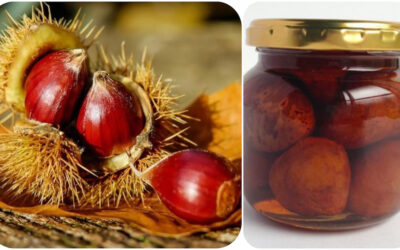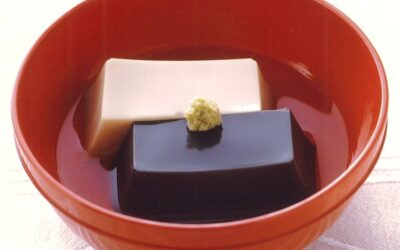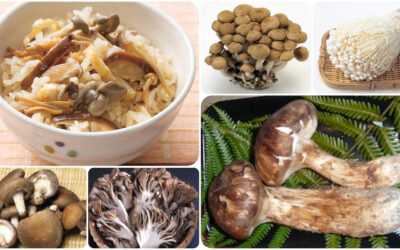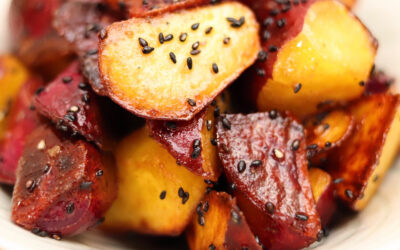
Kitchen Culture Cooking Club
EXPLORE and PRACTICE Japanese cooking in your own kitchenAbout Kitchen Culture Cooking Club
Welcome to the Kitchen Culture Cooking Club, a community space providing encouragement to those who want to EXPLORE and PRACTICE Japan’s washoku wisdom in their own kitchens.
To facilitate this, themed projects will be posted to this page periodically. Project Assignments and links to relevant reference material stored on this site will be posted to this page. Anyone, anywhere in the world, with a sincere interest in Japanese food culture is welcome to browse the contents of this page and then replicate the themed project in their own kitchen.
For those who wish to display-and-discuss their projects with like-minded people, I invite you to join the KITCHEN CULTURE Cooking Club Facebook Group (formerly the TSUDOI Project), an interactive community space.
PROJECT Takikomi Gohan
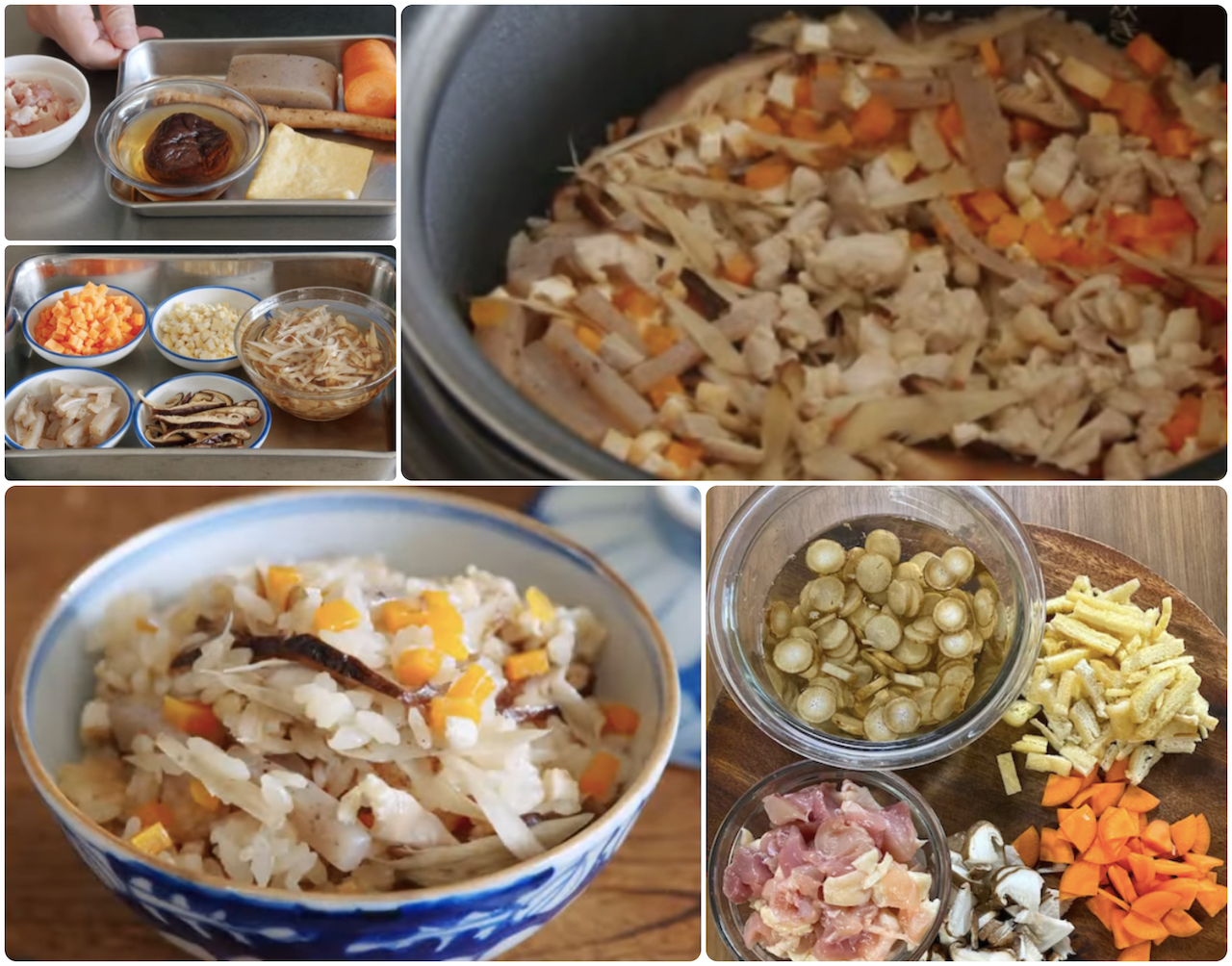
PROJECT TAKIKOMI GOHAN
Takikomi-style rice dishes are cooked in a flavorful stock extracted from the ingredient being featured (in this case, MUSHROOMS). Takikomi rice is truly a delicious way to enjoy seasonal bounty.
Download a recipe for KINOKO GOHAN to get started.
It does, however, take an hour or more from start (stock-making) to finish (serving the flavor-packed, fully cooked rice). That’s not practical for most people on a busy weeknight. Thankfully, though, there are several points at which the flow of activity can be temporarily suspended… and easily resumed.
- FIRST… prepare standard stock or a vegan stock from kelp and dried shiitake mushroom stems ahead. The mushroom-infused broth used in this recipe can be prepared several days ahead and refrigerated in a glass (or other non-reactive) container. The delicate woodsy aroma however, gets lost when frozen.
- NEXT… wash and drain rice. Washing rice removes excess starch that otherwise creates a barrier to flavor transfer. Allow the rice to drain for at least 10 minutes before cooking; you’ll notice the translucent rice becomes opaque. Once it does, place the rice in your pot or bowl of your rice cooker and add stock.
- THEN… cook. Using an appliance with a timer feature means you add stock to rice in the morning before leaving the house (and set the timer to finish cooking that evening). Or, if making obentō lunch boxes, set your rice cooker at night to have rice ready when you wake up the following morning.
To celebrate the year’s rice harvest in your own kitchen, seek out shin mai new crop rice in a market near you. Japanese-style short or medium-grained rice is preferable because it absorbs cooking flavors well; many are grown in California, Texas and other areas of the United States and in Europe, too. New crop rice requires slightly less liquid to cook (each grain contains more moisture) than stored-from-the-previous-year rice. Adjust accordingly in your kitchen.
Learn about Kakashi Guarding the Fields by visiting my Kitchen Culture blog.
Read my September 2023 newsletter.
Recipes and Resources
Stock (Dashi)
Dashi stock is essential to making soups and simmered or stewed dishes. Dashi is also used when making many egg dishes and all sorts of sauces, dips and dressings. Using good dashi will make a noticeable difference in the outcome of so many dishes you prepare.
Click to download recipes for (vegan) Kelp Alone Stock or Standard Sea Stock + Smoky Sea Stock
How to Cook Rice
In Japanese, the word for cooked rice, ご飯 GOHAN, is the same as the word for a meal, ご飯 GOHAN. Indeed rice is central to the meal. Download the Rice with Mixed Grains recipe.
How to Prepare Sushi Rice
Sushi dishes are made with rice that has been seasoned (with sweetened vinegar) AFTER being cooked. Download the Classic Sushi Rice recipe.
Quick Pickles
The Japanese enjoy a wide variety of tsukémono pickles, many can be assembled quickly and are ready to eat within a short time.
Download a recipe for Quick-Fix Hakusai Cabbage.
Sugar-Stewed Chestnuts
Sugar-Stewed Chestnuts栗の渋皮煮 Shibu Kawa Ni Shibu Kawa Ni is what the Japanese call sugar-stewed whole chestnuts that are only partially peeled – their slightly bitter, inner skin being kept intact. The resulting glossy brown globes are delightfully complex in flavor...
GOMA-DŌFU
Buddhist Cookery & Sesame Pudding 精進料理 Shōjin Ryōri・胡麻豆腐 Goma-Dōfu Goma-dōfu, a creamy-smooth sesame pudding, is historically associated with fucha ryōri, a Chinese-style of Buddhist cookery that arrived in Japan with Zen Priest Ingen in 1654. The pudding is a...
Kinoko Gohan
Kinoko Gohan Rice with Mushrooms The Japanese call autumn’s many culinary pleasures Aki no Mikaku. Such pleasures include a glorious array of mushrooms. You, too, can celebrate the season at table by composing a menu that highlights this bounty. Kinoko Gohan Is an...
Daigaku Imo
Daigaku Imo (Glazed Sweet Potatoes) 大学芋 Syrup-glazed, black sesame-studded Daigaku (university) imo (potato) first became popular among university students in Japan at the turn of the twentieth century. To learn more about the history of this dish, read my October...

